The reason breeding a male cannabis plant is an art in its own right is because breeders attempt to mimic nature, and that is a highly specialised task. By carefully choosing the male genetics that will be used to make seeds, potential growers or breeders are well on their way to creating potent and custom cannabis strains of their own.
1. Ideally, the creation process will already have been started
Before attempting to make seeds, a grower will ideally have created the first generation of their own hybrid strain. If that has not yet been undertaken, then it can be done relatively simply by simply crossing two great strains (ideally a pure indica and a pure sativa one).
Hopefully, the strain is consistent in terms of phenotypic expression. However, at this stage it is common to see a lot of variation. It is in the following generations that breeders must carefully choose the phenotypes that they wish to see expressed within their own strain.
Keep in mind that while the phenotype is important during the growing process, it is not really possible to know what to expect from the buds until they have actually been harvested and smoked. Beautiful as giant buds with a delicious smell might be, they will be essentially worthless if their effect is non-existent at the time of consumption.
Although female plants are the ones that end up being consumed, the male cannabis plants still play a huge role. Nothing should therefore be left to chance.
Ideally, the first generation hybrid will have produced a big batch of seeds, paving the way for plenty of choice for the second generation. And, as logic would dictate, things can only improve by choosing from third, fourth and then fifth generation ones;
2. Save some for later
As stated above, it won’t really be possible to ascertain if the best parents have been selected until after planting, harvesting, drying, maturing, then smoking the proverbial fruits of the future generation of seeds. That is a whole season after the choice of the perfect male and female.
It is always advisable to retain samples of each plant that is kept and "tested". This can easily be done by keeping cuttings and making rooted clones. This way, it will be possible to revegetate the mother or father (or both) and keep them in a vegetative state .
This, in turn, allows the breeder to return to that parent plant after harvesting its offspring. One step further would involve collecting pollen, vacuum sealing it and putting it in the freezer. This is for serious aspiring cannabis geneticists.
3. Dispose of early bloomers
Unless creating a plant that flowers early and quickly is desired, then it is always best to get rid of male plants that show this trait. Males that flower before the breeder has decided to go into the flowering stage are not reliable candidates for what is trying to be accomplished.
So, to ensure quality and to avoid hermaphroditism, removing (but not throwing away). The early flowering ones is best. They are not suitable for selection.
4. Size is not the most important thing
Plants that devote a lot of energy to producing the fibres that make them grow are perfect for producing fibre, but not for producing buds.
It is best to eliminate male plants that grow too tall and too fast. Unless they have other characteristics that are deemed attractive, they won't be useful.
5. It's all in the stems
A thick, dense and full main stem is a sign that a male plant will not be a good breeder. Research done by those such as Michael Starks and others observe that a hollow stem is somehow linked to THC production.
6. Males also produce flowers
Male plants also produce flowers. They're not the kind that is smoked, however, the pollen that forms in these flowers will be used to pollinate the females.
It is always important to observe the development of flowers on the male plants. It is crucial not to pass on the genetics of a weak or basically non-existent bud. It must be dense and thick.
It is also essential to inspect the buds of the male plant to make sure there is no mildew or mould forming. If the male is prone to mildew, then do not use it. Produce hardy seeds that are resistant to deadly problems like this is always desirable.
There will always be some male plants that are, for whatever reason, more susceptible to it than others.
7. The smell does not deceive
The strength of the smell produced during the vegetative state will tell a lot about potential THC production. Keep plants that smell strong and delicious. Abandon those whose aroma is weaker.
The best way to test the scent of a male cannabis plant is to rub the leaves and stem. Observe how much fragrance it gives off, and whether the smell lingers on the hands even after putting them down.
8. Trichomas
Whilst male plants do not present with the level of trichomes of a female plant, they are still there and present. The potency of the male plant should contribute to the potency of its offspring.
9. The more seeds the merrier
To get the most out of this endeavour, growing as many seeds as possible is the ultimate. The more that is grown, the more phenotypes will be observable, and the sheer volume of possible choices will therefore be more diverse. Clearly, the more seeds that are sown, the greater the chances of finding the perfect male plant.
Finding plant-prince charming doesn't really happen in the first or second generation; it is the careful selection seen in subsequent generations, when the plants more consistently exhibit the same phenotypes and continue to produce lots of seeds, that the real gems can be found.




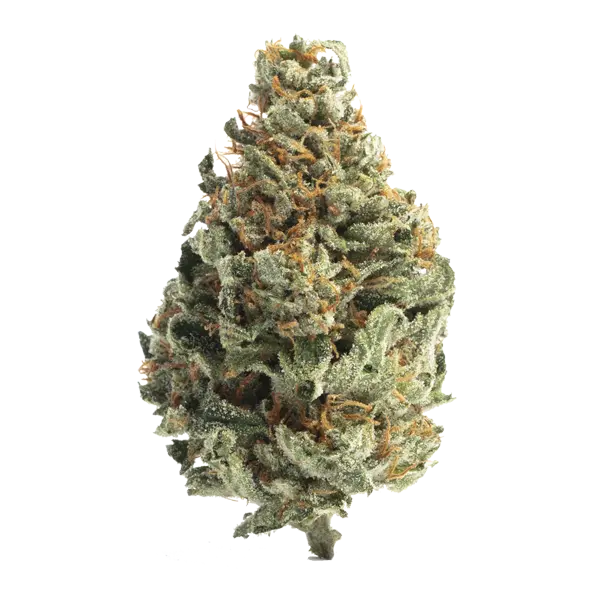
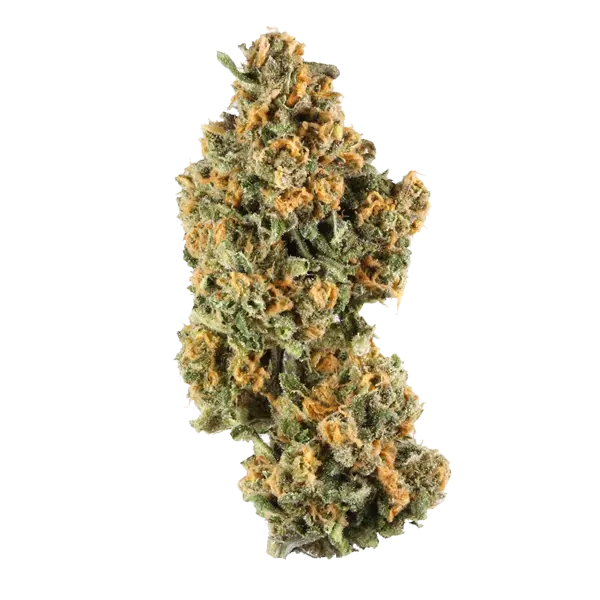

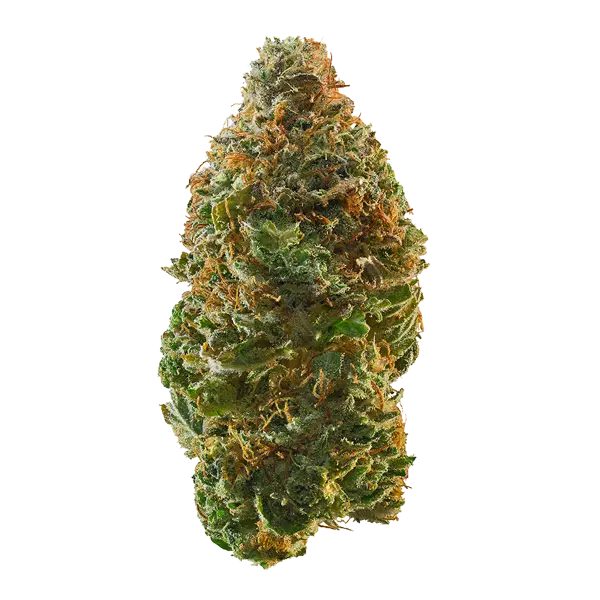

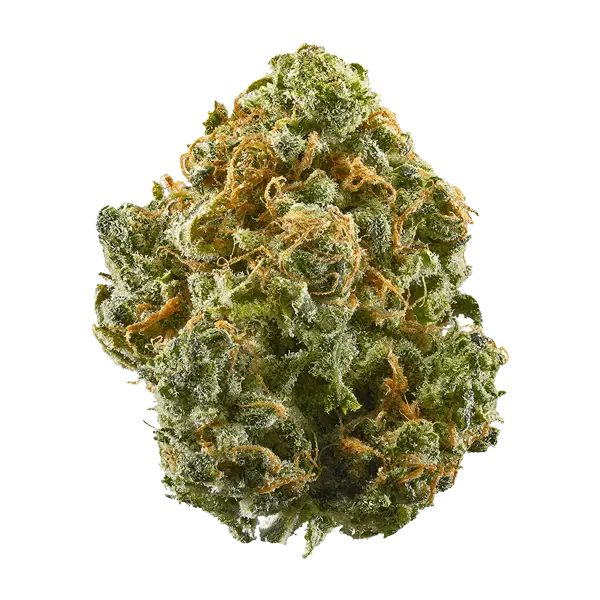

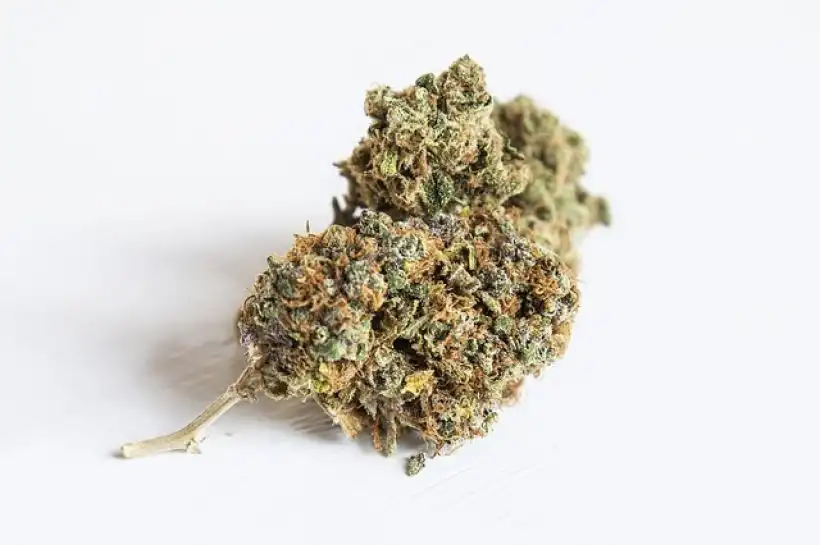





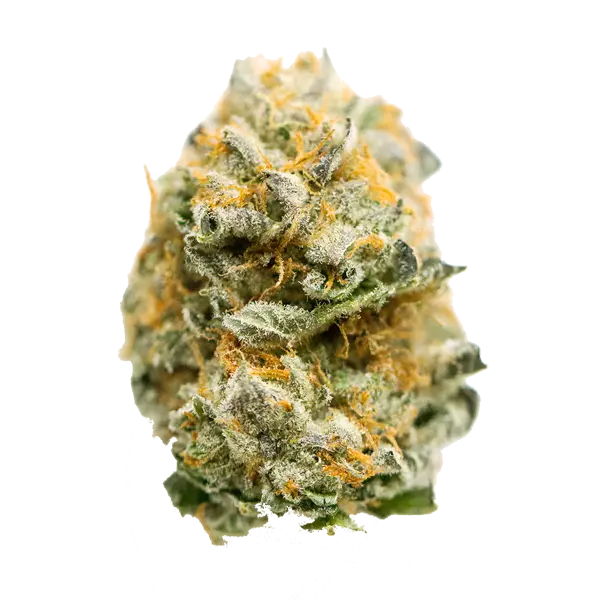
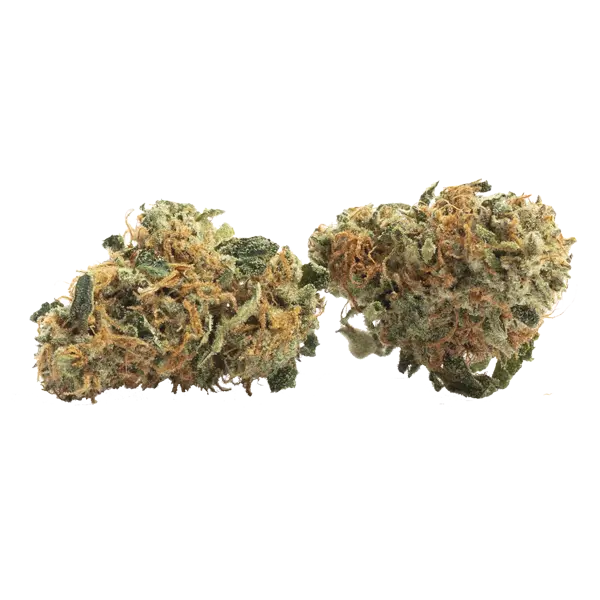
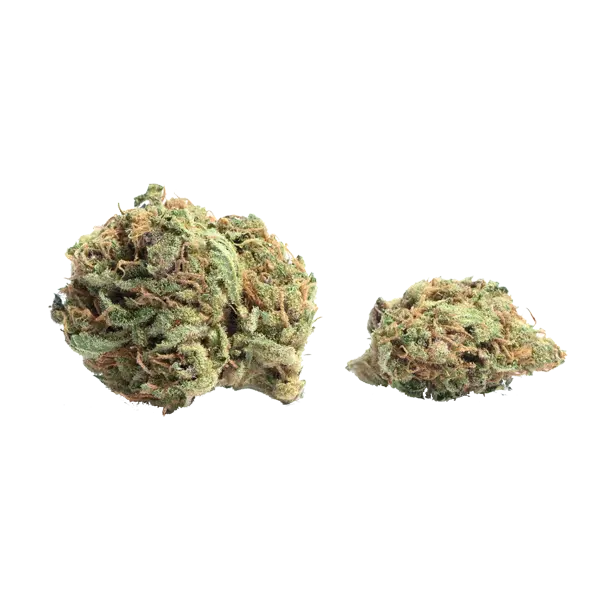







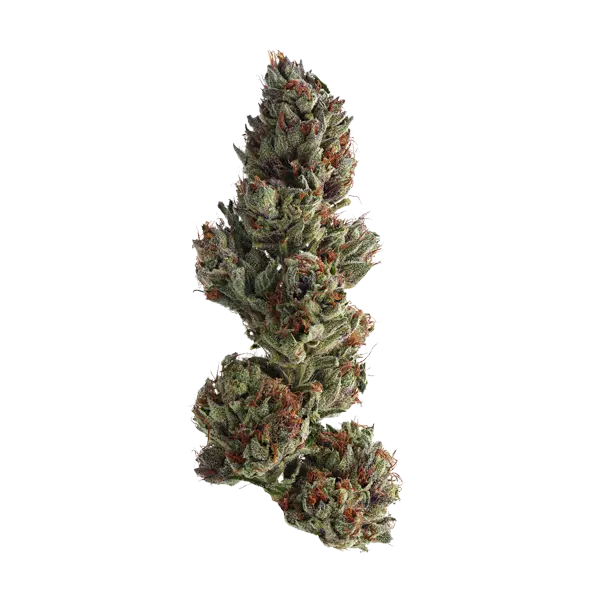



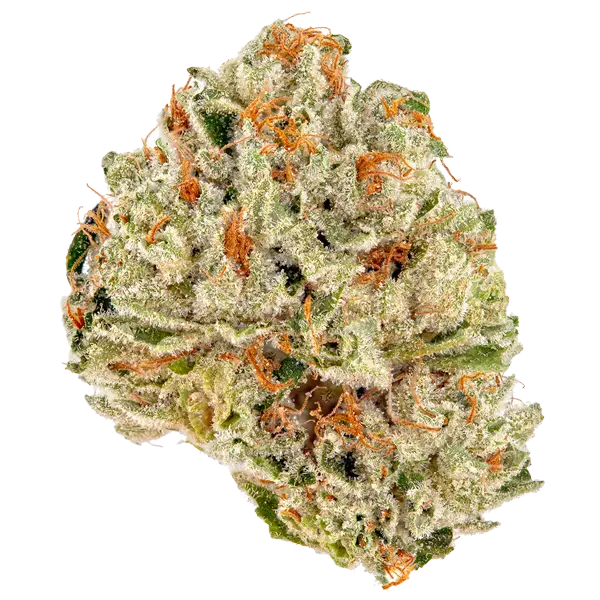
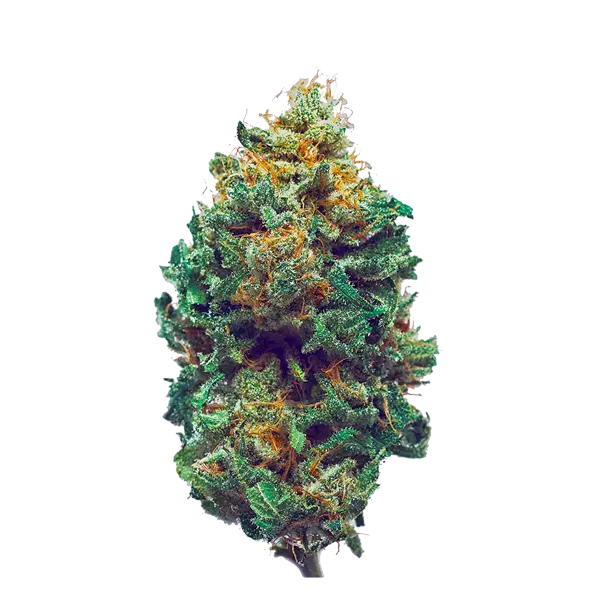
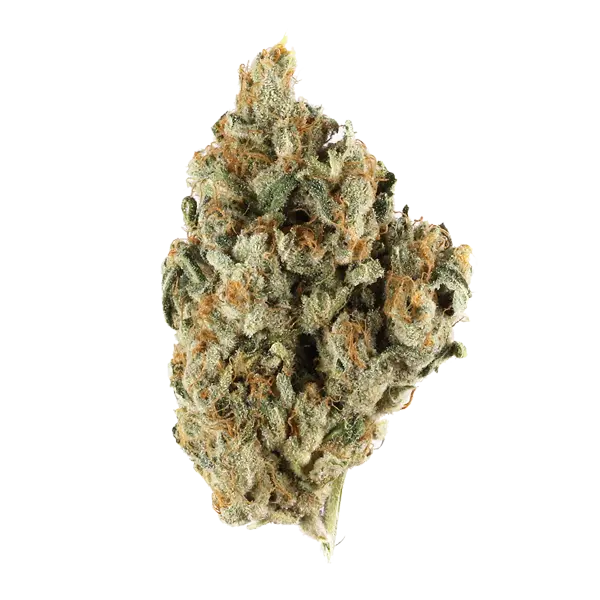

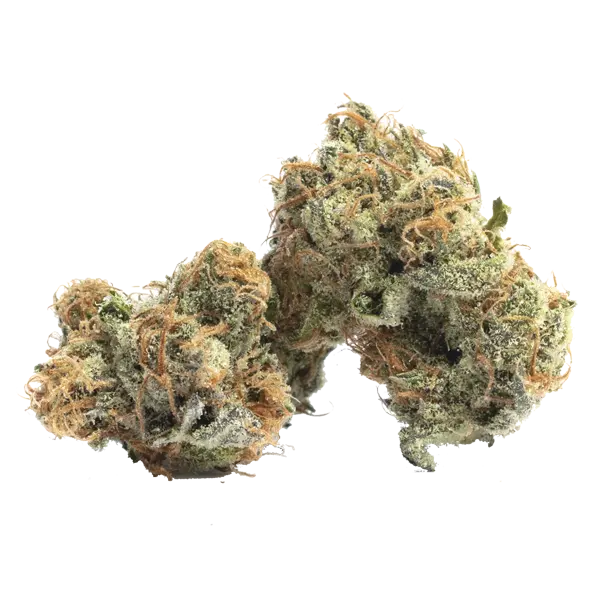
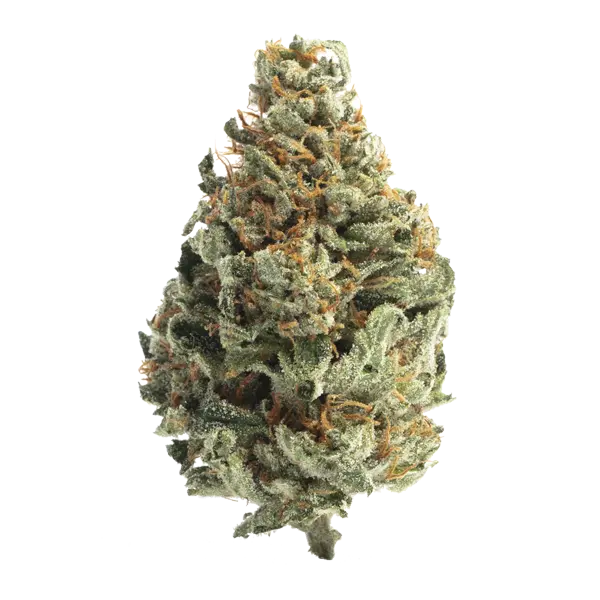

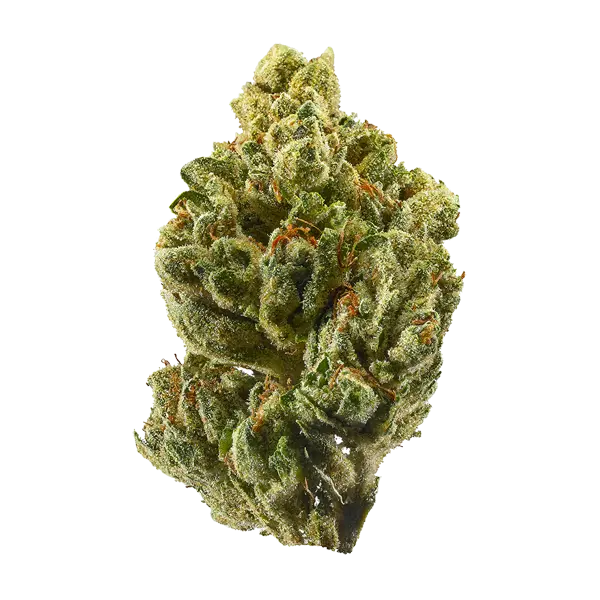
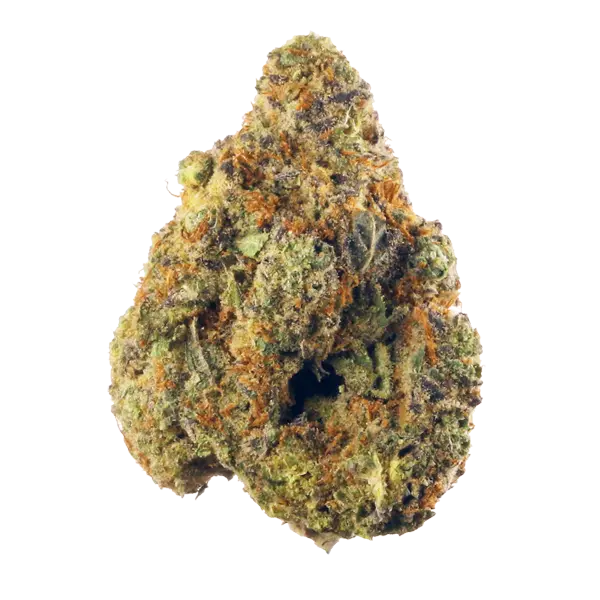
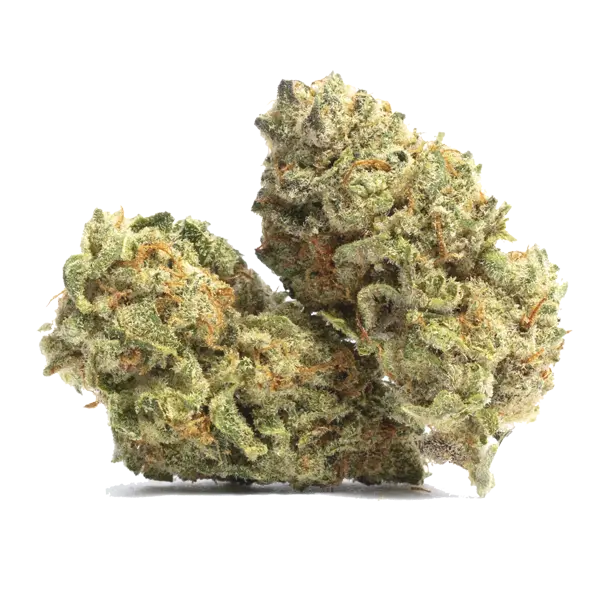

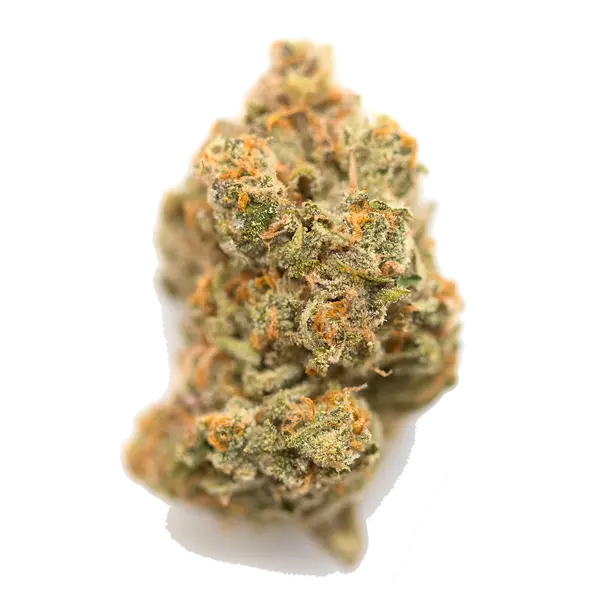
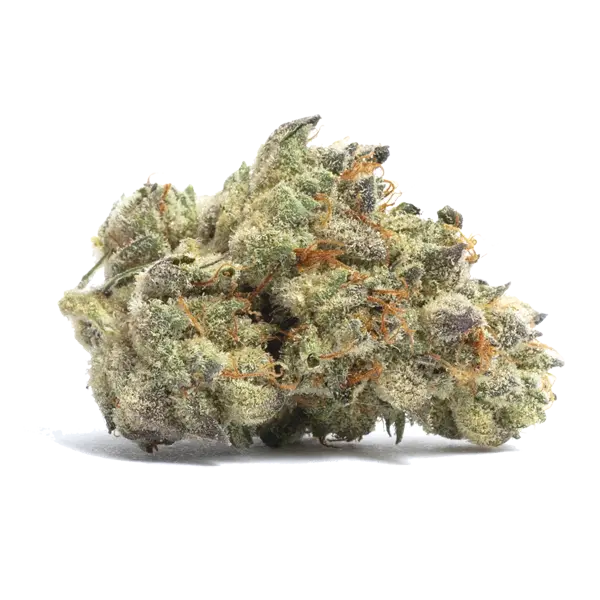
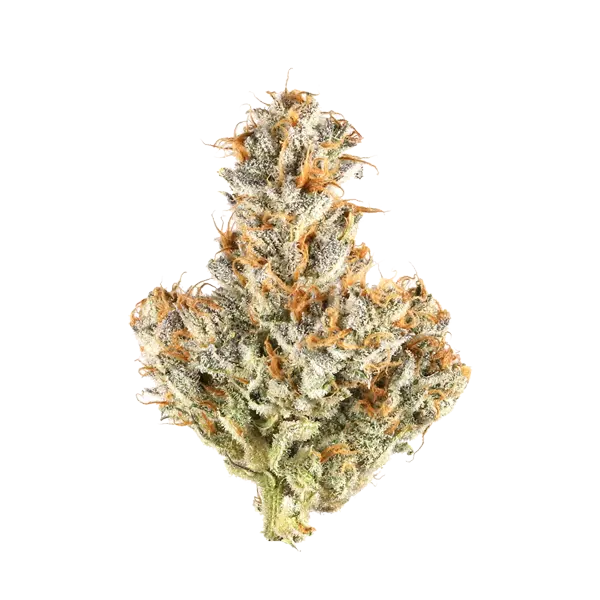
















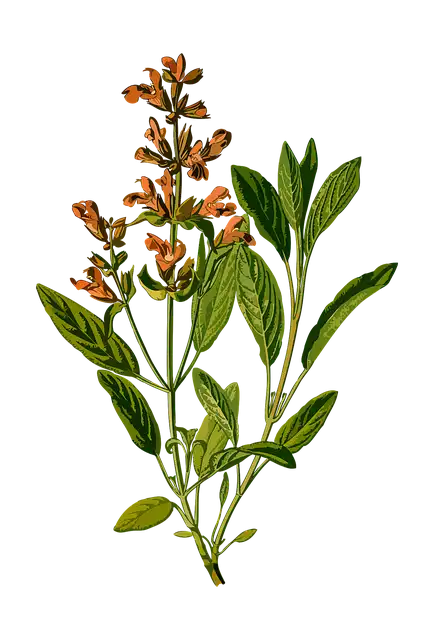

 Cannabis and Hops: Two Branches of the Same Family
Cannabis and Hops: Two Branches of the Same Family Recognise When Cannabis Has Been Cut
Recognise When Cannabis Has Been Cut








